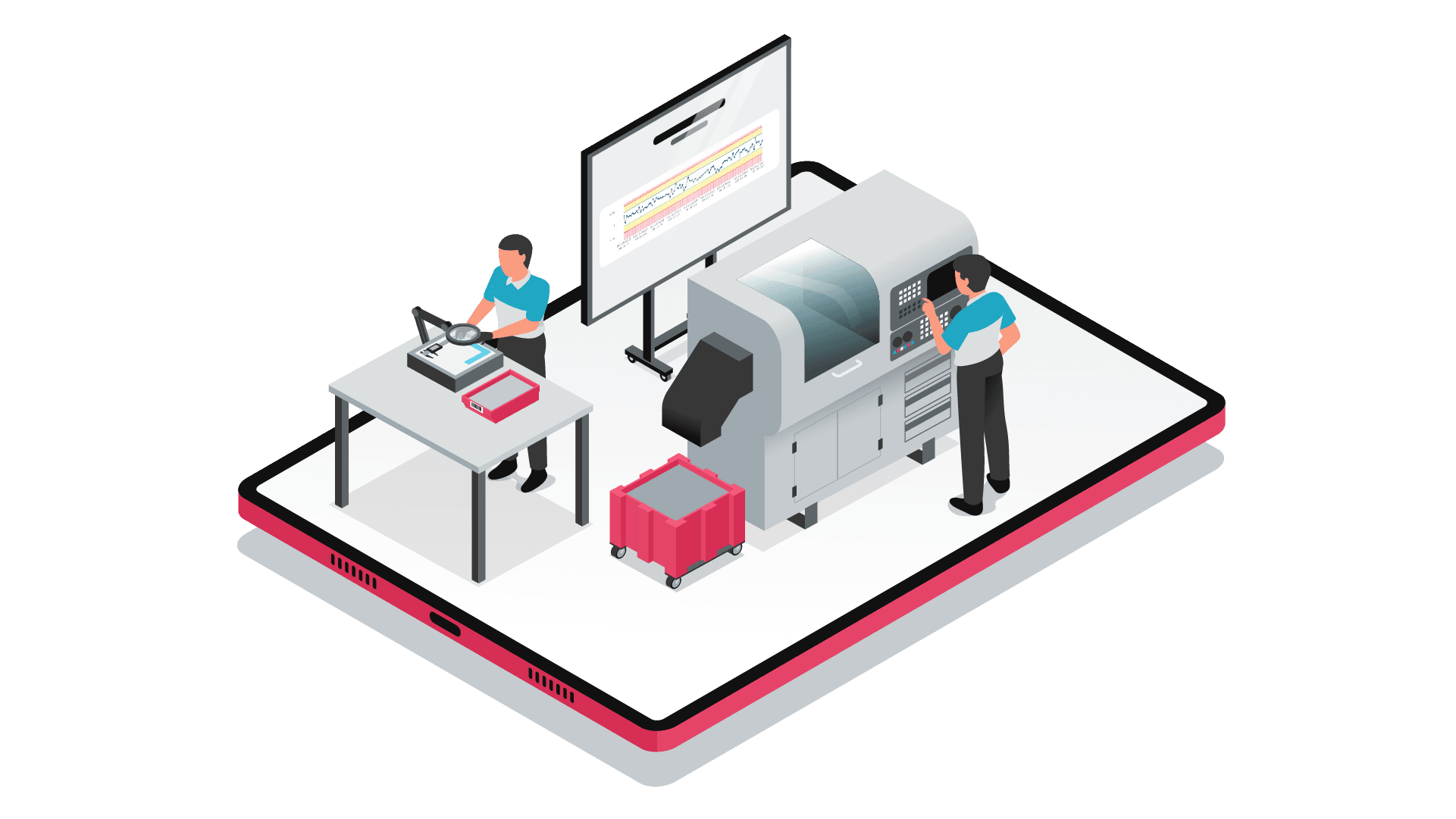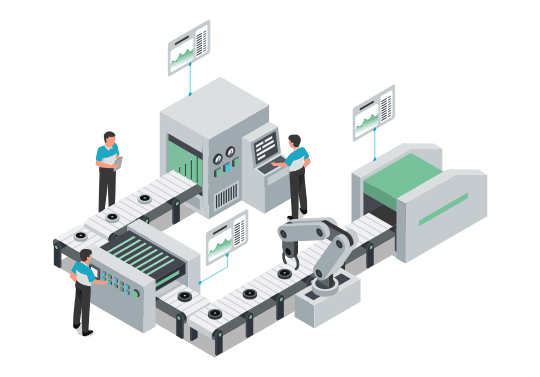Artificial intelligence is transforming the industry, but its deployment requires method, reliable data and a clearly defined strategy, argues Davy Pillet, CEO of Ellistat.
Artificial intelligence has become a formidable tool for optimizing industrial processes. Today, industrial AI makes it possible to build a predictive model from data. In an industrial company, billions of data items are produced every day, making it the ideal place to develop models and predict production results.
The image of an autonomous factory, orchestrated by flawless artificial intelligence, continues to fuel innovation discourse. But the industrial reality can be different: a very high number of references, measurements that do not always reveal a real evolution of influential factors, mean that the implementation of AI to pilot processes is not always conclusive.
What AI can (already) do
Implementing AI means concentrating first and foremost on those sectors that have already been mastered. Today, artificial intelligence excels in the control of well-defined processes. It can, for example, optimize machine tool parameters or detect visual defects on parts.
Contrary to popular belief, having sensors everywhere is not enough. The exhaustiveness of industrial measurement remains a mirage: certain crucial variables, such as the cleanliness of a part, are not captured. AI can only learn from what it is shown. And without reliable data, AI can neither learn nor pilot effectively.
Another major challenge is the variety of part numbers. In a workshop that manufactures hundreds of references, you need as many AI models as there are products. The challenge is to rapidly build a model from a very small volume of data. Today, few fields succeed in meeting this challenge, with the notable exception of machining, thanks to CAD and CAM data. In other fields, such as machine vision or predictive maintenance, real progress has been made, but it is incomplete, as it still takes a hundred or so parts to build a model.
Implementing AI in the industrial sector therefore means thinking about scaling up right from the design phase. Indeed, while the first results may prove fruitful on a few references, it may be difficult to duplicate these results on the whole production.
Time for discernment, not euphoria
AI has enormous potential. When successfully implemented, the results are impressive. The challenge is to integrate AI where it has a measurable and operational impact. Testing everything is a recipe for failure, as it will be impossible to scale up and get a real return on investment.
A patient revolution
Industrial AI is a powerful tool that requires rigor, discernment and method. The attitude of companies must be clear: define a strategy. The industrial AI revolution is underway. It will not resemble a science-fiction film, nor a frantic race to equip. It will be a patient, precise and controlled transition.





